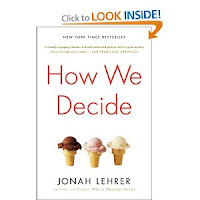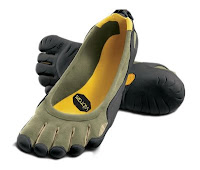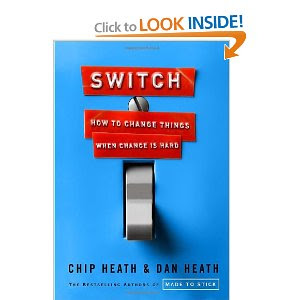Summary of the book, "The wisdom of crowds"
"The wisdom of crowds" book by James Surowiecki underlines the importance of the wisdom of the the crowd in making better decisions. This is contrary to the general belief that experts always have the right answers and they can make better decisions. The book describes number of instances where the crowd or a group made a close call. This doesn't mean that well informed analysts are of no use in making good decisions. However the advice of experts need to be pooled with other people to make better decisions. Group decision will be better than most of the people in the group. It's unlikely that one person will be better than the group. Not all the groups can make good decisions. When a group has people who think alike in worldview and mindset, then they easily fall prey into groupthink. These type of groups would not make the best decisions. Smartest group are made of people with different perspectives who are able to stay independent of each other. Homogeneou...




